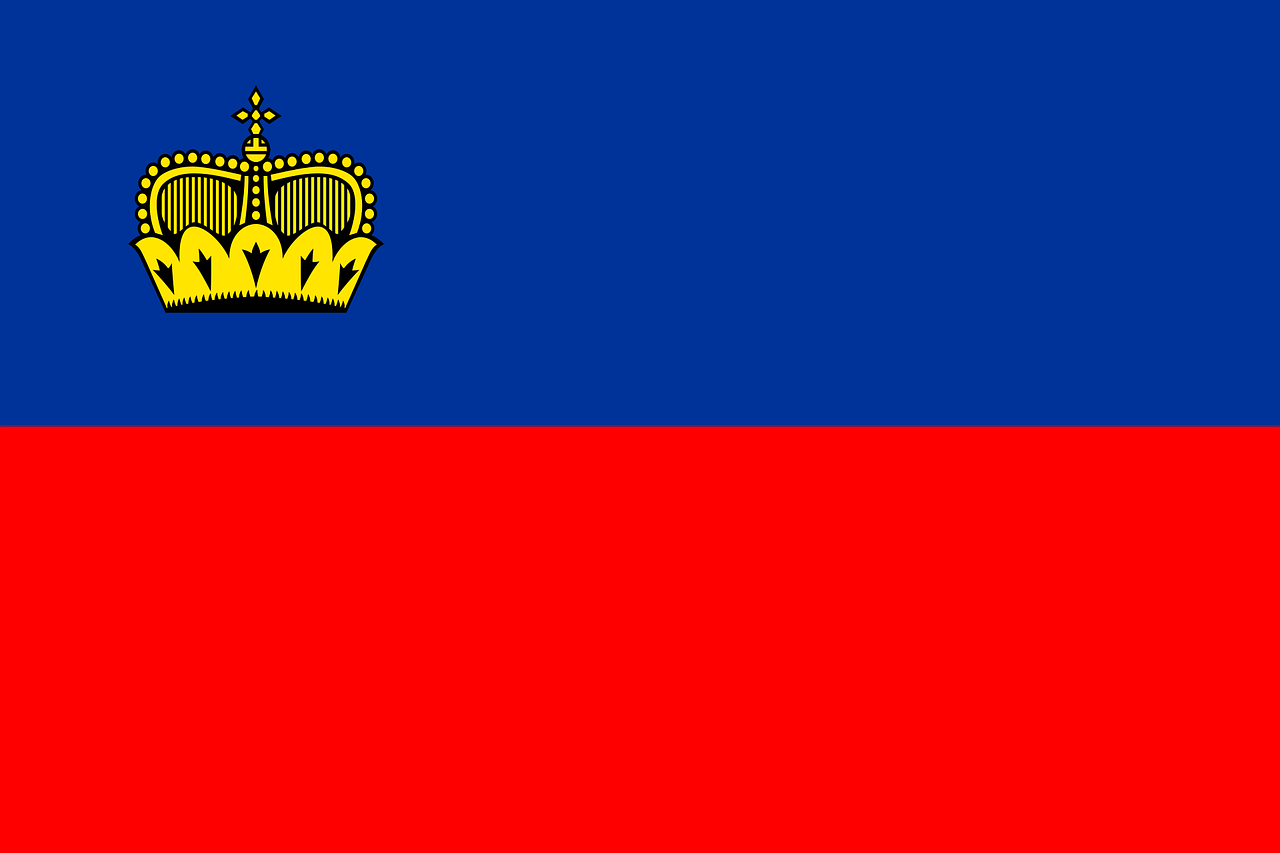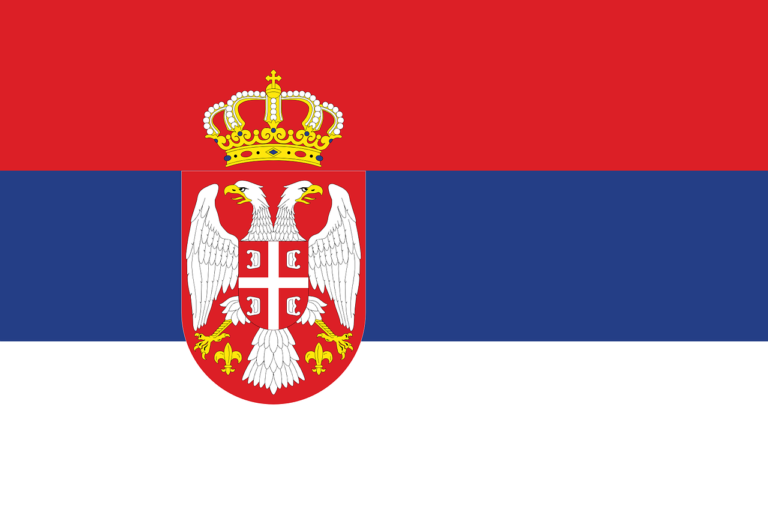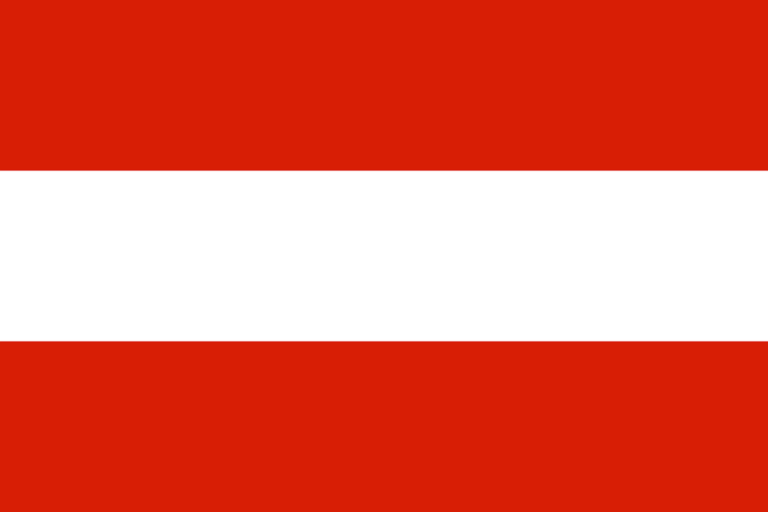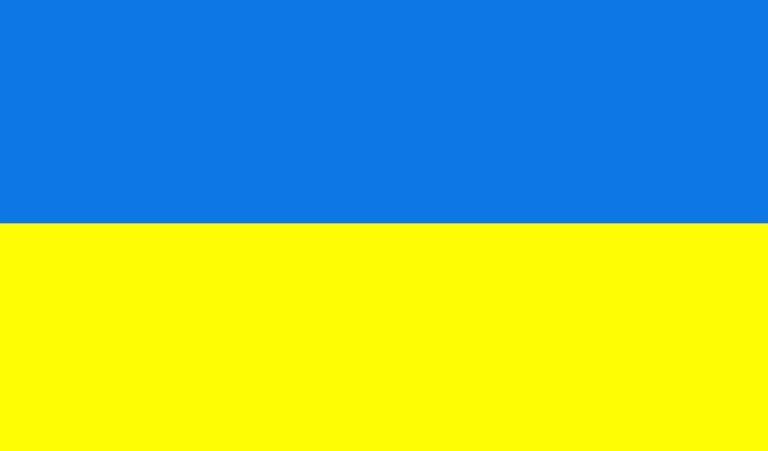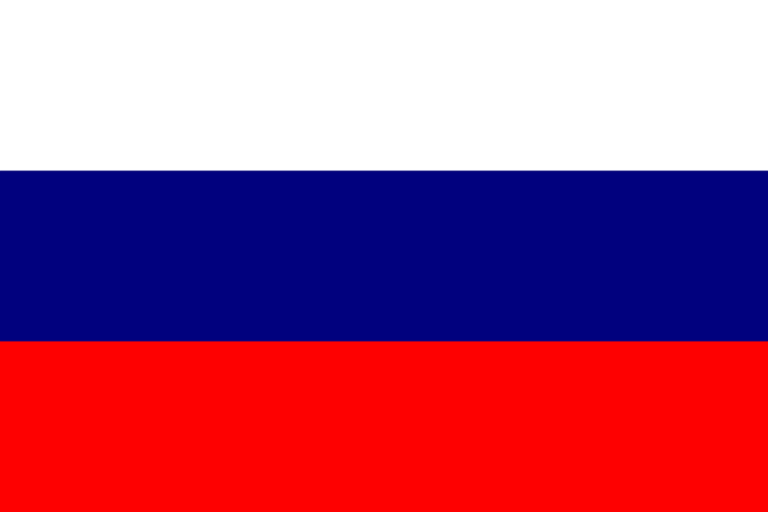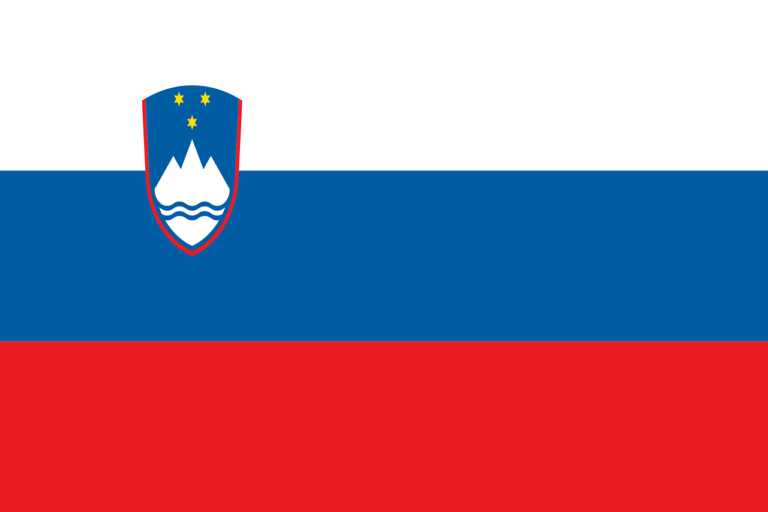Flags serve as powerful symbols of a nation’s identity, heritage, and aspirations. The national flag of Liechtenstein, with its simple yet meaningful design, stands as a proud emblem of Liechtenstein’s sovereignty, unity, and the breathtaking Alpine landscape that characterizes the principality. In this blog post, we will explore the captivating story behind the Liechtenstein national flag, delving into its origins, symbolism, historical significance, and enduring importance in Liechtenstein’s culture and society.
Origins and Design:
The Liechtenstein national flag consists of two horizontal bands of blue (top) and red (bottom), with a gold crown centered on the hoist side of the blue band. The blue color represents the sky and the commitment to truth, loyalty, and dignity. The red color symbolizes courage, perseverance, and the love for the homeland. The gold crown reflects the principality’s sovereign status and its connection to the reigning prince.
Symbolism and Meaning:
Each element on the Liechtenstein national flag carries profound symbolism. The blue and red colors represent the core values and aspirations of the Liechtenstein people. The crown serves as a reminder of the principality’s historical and ongoing connection to the reigning prince and the royal heritage of the nation. Collectively, the flag symbolizes the unity, independence, and commitment to the principles that Liechtenstein upholds.
Historical Significance:
The current design of the Liechtenstein national flag dates back to 1921, when it was officially adopted. The flag’s design pays homage to Liechtenstein’s historical ties to the royal family and its identity as a sovereign nation. It has since become an integral part of Liechtenstein’s national identity and is proudly displayed during national celebrations, public events, and international gatherings.
Cultural and National Identity:
The Liechtenstein national flag holds deep cultural and national significance for the people of Liechtenstein. It serves as a unifying symbol, representing the shared values, heritage, and pride of the nation. The flag fosters a sense of identity, loyalty, and patriotism among Liechtenstein citizens, reinforcing their connection to their land, traditions, and the principality’s unique history.
Natural Beauty and Alpine Landscape:
Liechtenstein is renowned for its stunning Alpine landscape, and the national flag serves as a reminder of the country’s natural beauty. The blue and red colors evoke the clear skies, pristine lakes, and majestic mountains that grace Liechtenstein’s scenery. The flag embodies the harmonious coexistence of nature and human society, highlighting Liechtenstein’s commitment to environmental preservation and sustainable development.
The Liechtenstein national flag, with its striking blue, red, and gold design, stands as a symbol of sovereignty, unity, and the picturesque Alpine beauty that characterizes the principality. It embodies the values of truth, loyalty, courage, and love for the homeland. The flag serves as a constant reminder of Liechtenstein’s rich history, its commitment to independence, and the enduring connection between the people and their principality. As Liechtenstein continues to evolve and thrive, the national flag will remain a cherished emblem, representing the unity, pride, and unwavering commitment to the progress and prosperity of the Liechtenstein nation.
